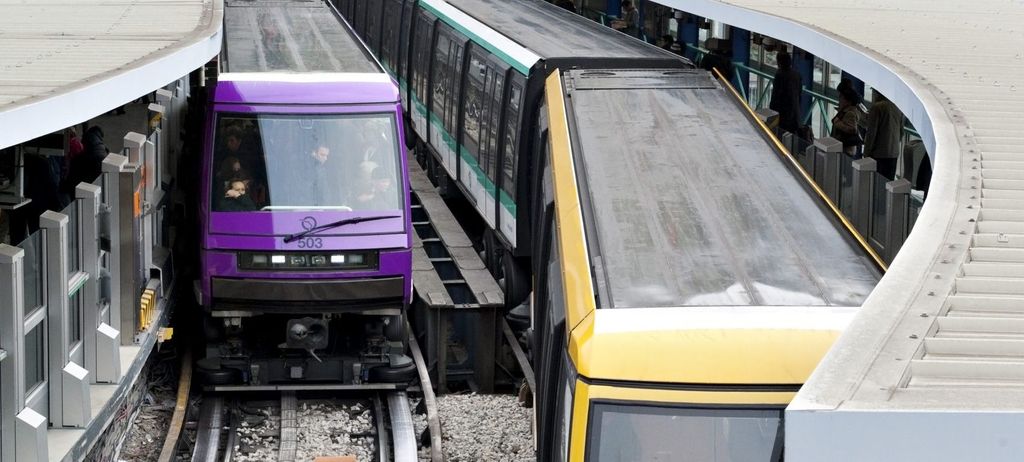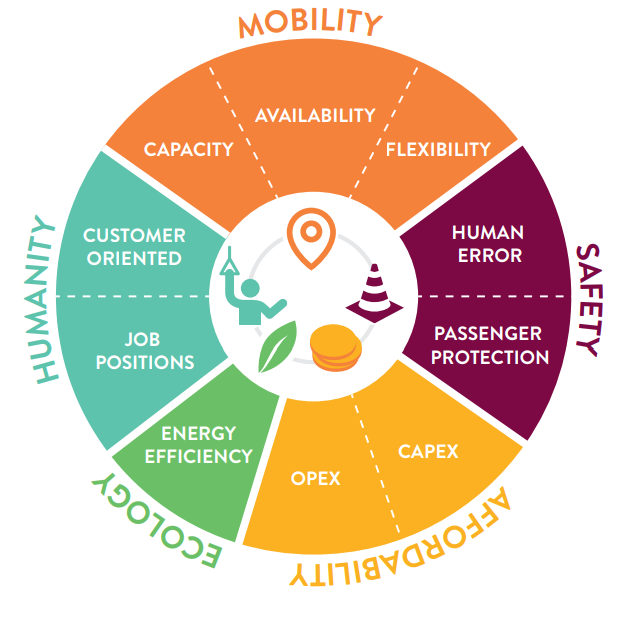
Automated metros
In metro systems, automation refers to the process by which responsibility for operation management of the trains is transferred from the driver to the train control system. There are various degrees of automation (or Grades of Automation, GoA); these are defined according to which basic functions of train operation are responsibility of staff, and which are the responsibility of the system itself. For example, a Grade of Automation 0 would correspond to on-sight operation, like a tram running on street traffic. Grade of Automation 4 would refer to a system in which vehicles are run fully automatically without any operating staff onboard.

Glossary
Fully Automatic Operation (FAO) has been a reality for over 40 years; every day, over 1000 km of metro are operated automatically around the world, carrying millions of passengers safely and reliably to their destination. Automation is now the option to chose when constructing new lines. Also, following the successful and pioneering automation of “conventional” lines in Paris and Nuremberg in the 2010s a growing number of existing lines are upgrading to FAO.

By the end of 2020, there were fully automated metro lines in 48 cities, meaning that more than one in every four metro systems has at least one driverless line. The total number of GoA4 lines grew from 62 to 80 between 2017 to 2020. There were 1,007km of fully automated metro at the end of 2017. Three years later, the figure was above 1350km. Fully automated metros accounted for 10% of the new metro infrastructure in this period and 8% of total metro infrastructure by end 2020.

- Mobility
Increased Capacity, Flexibility and Availability
- Safe
Preventing Human Error & Passenger Protection
- Affordable
Benefits for CAPEX & OPEX
- Ecological
More energy efficient
- Human
Customer Oriented & More Fulfilling Jobs
The Automated Metros Platform (formerly known as the Observatory of Automated Metros) is a permanent UITP body that brings together operators and authorities responsible for automated metros. It was commissioned to study and share the most current and relevant knowledge about automated metros with a transversal orientation, not technically specialised, dealing with work topics like operations, safety, technical, human resources, the customer, etc.

Contact
UITP

UITP

